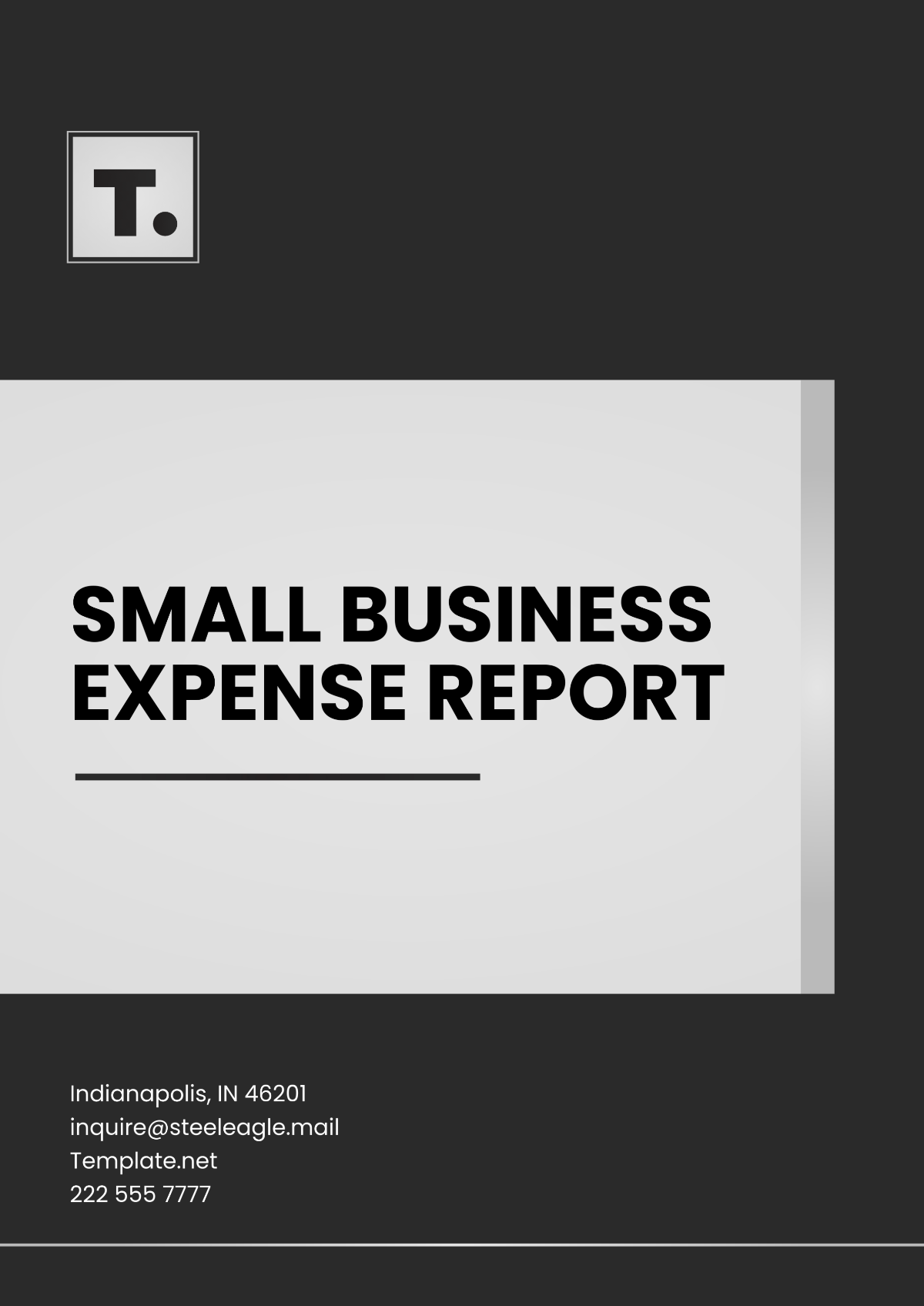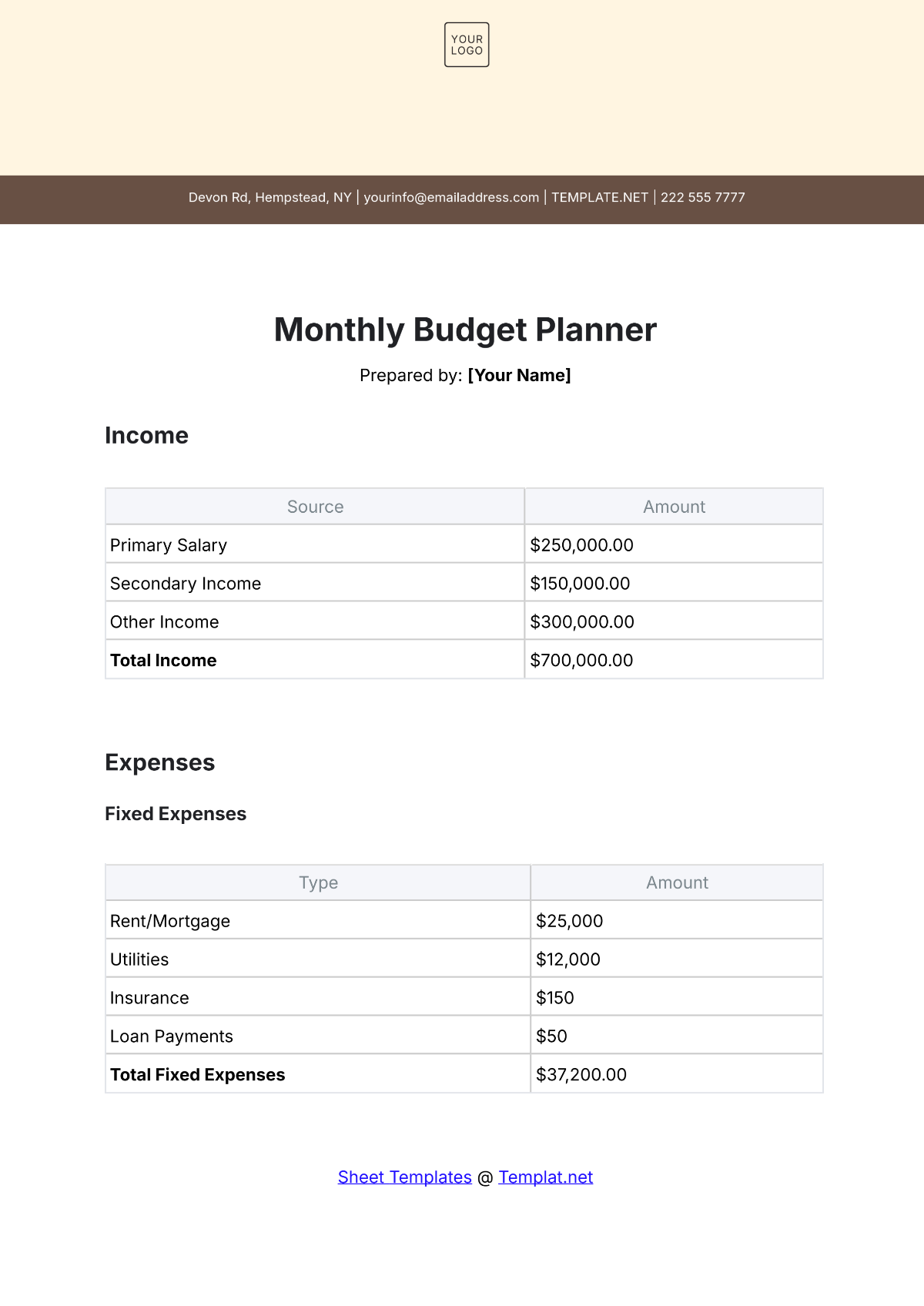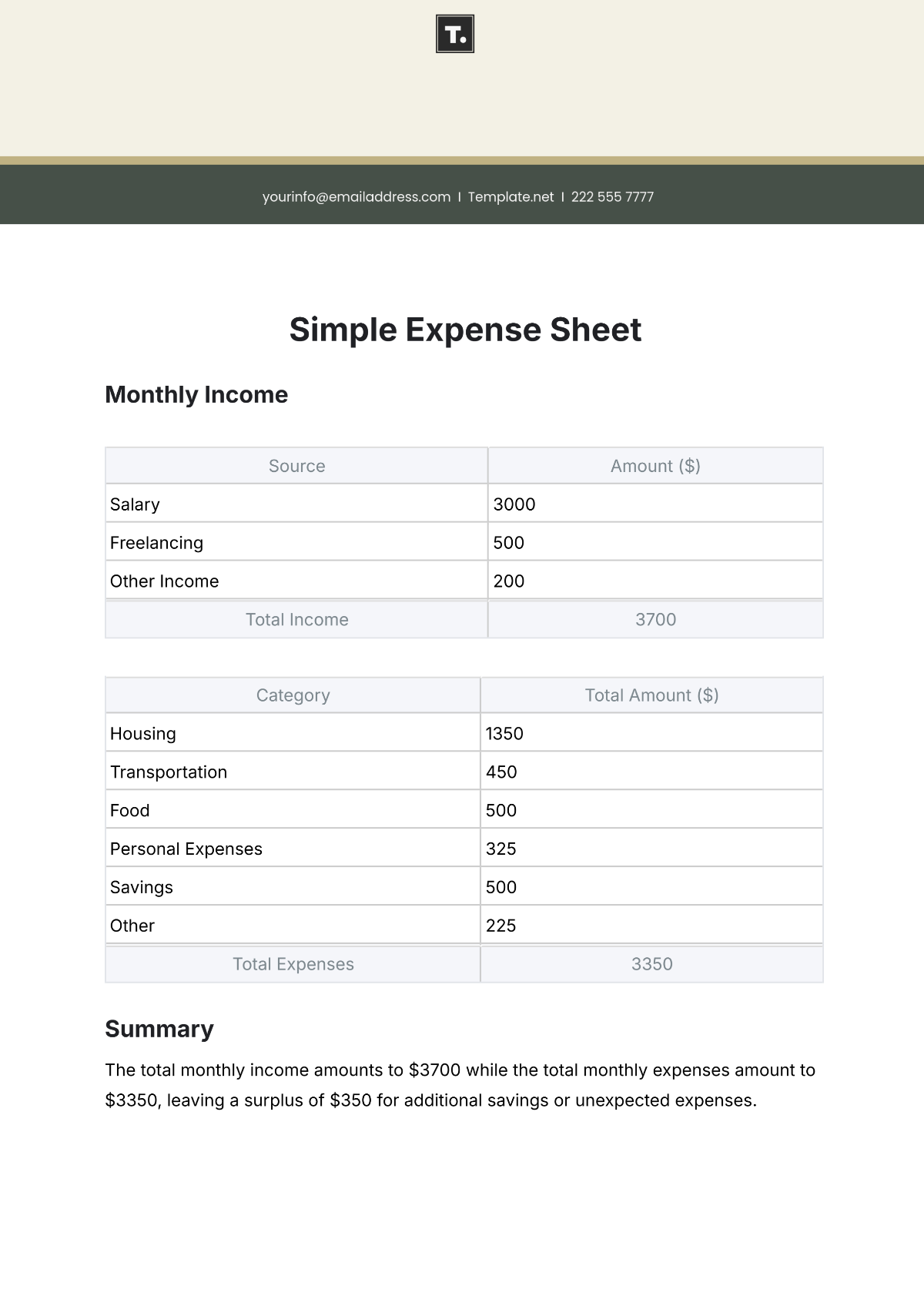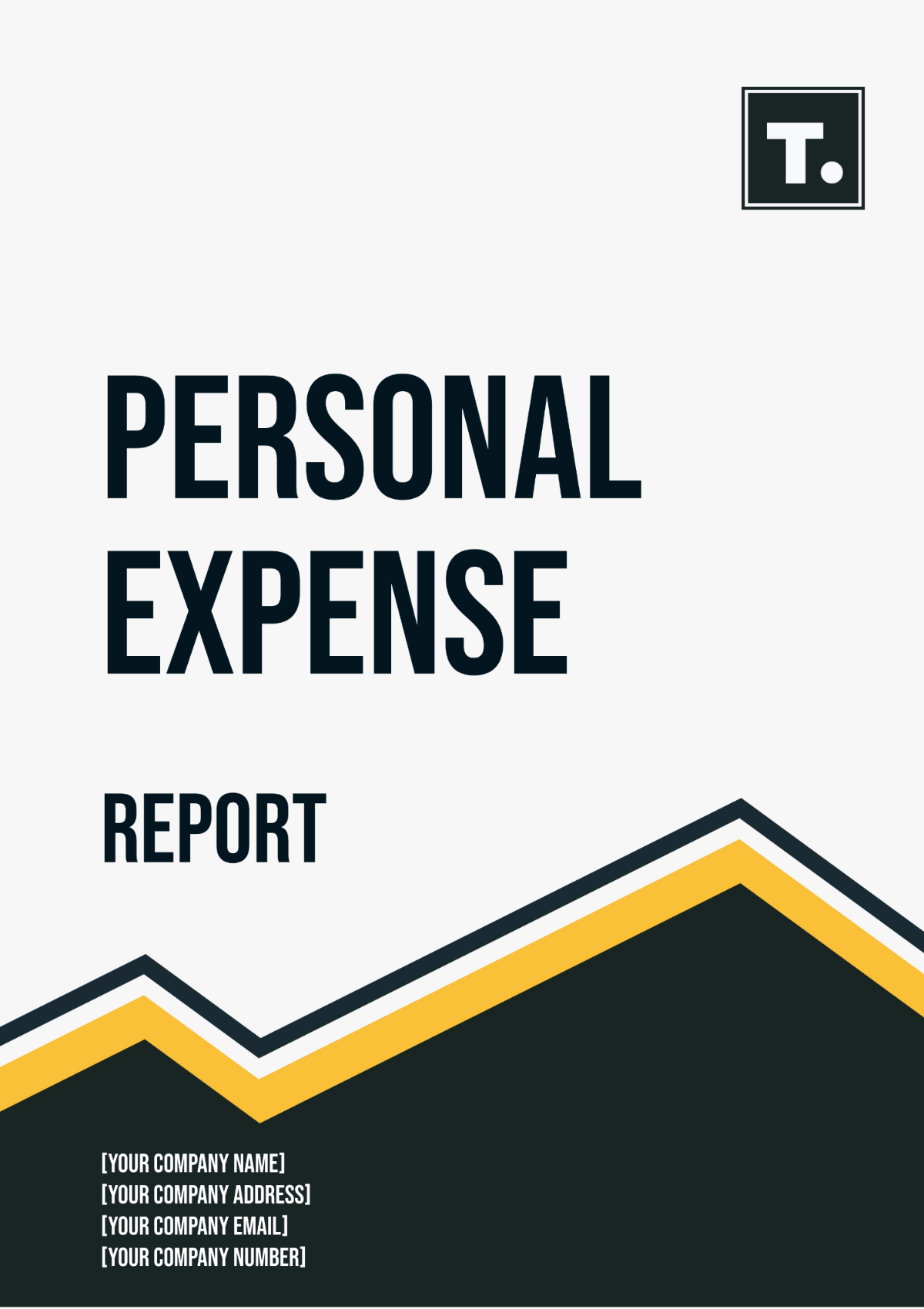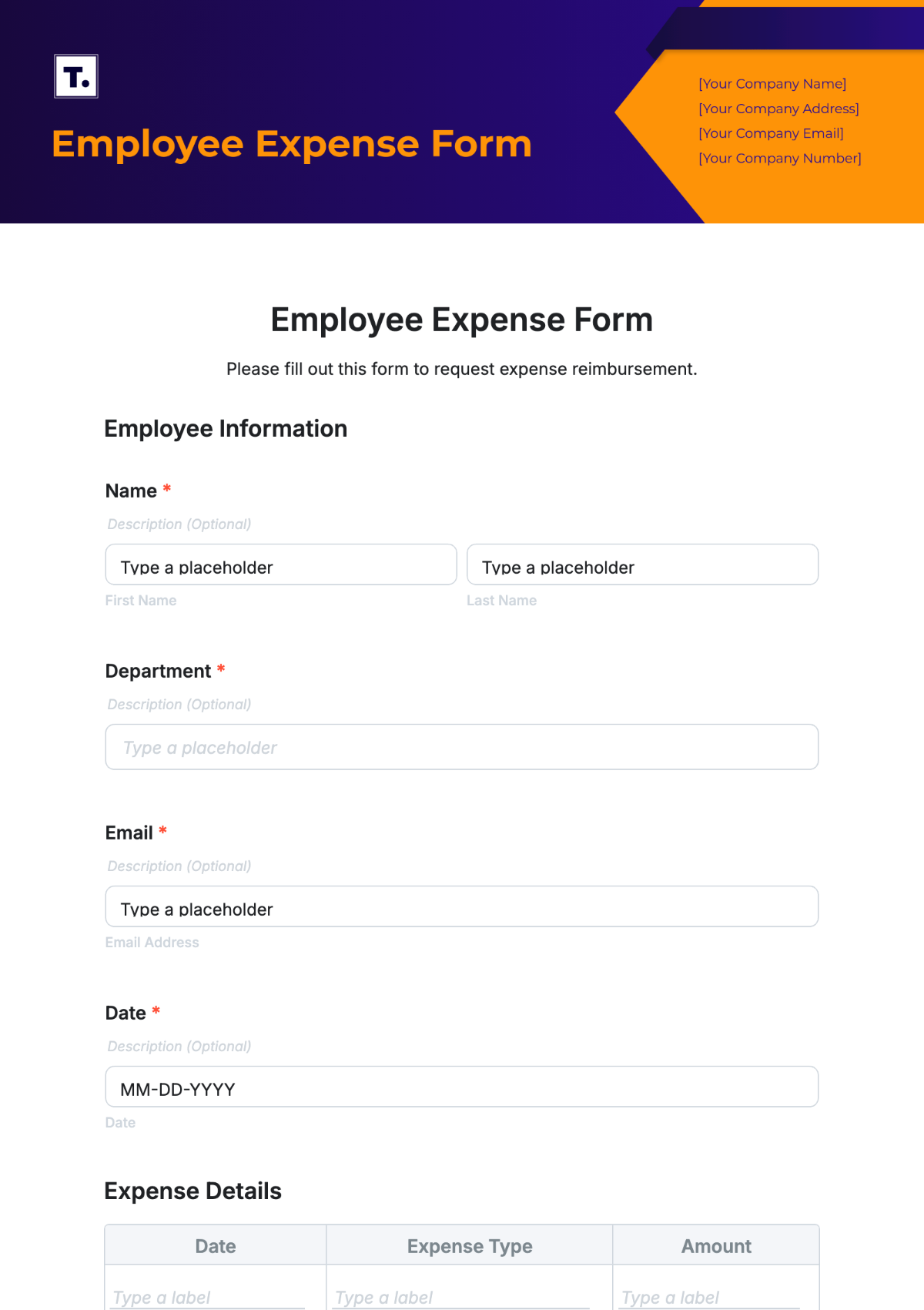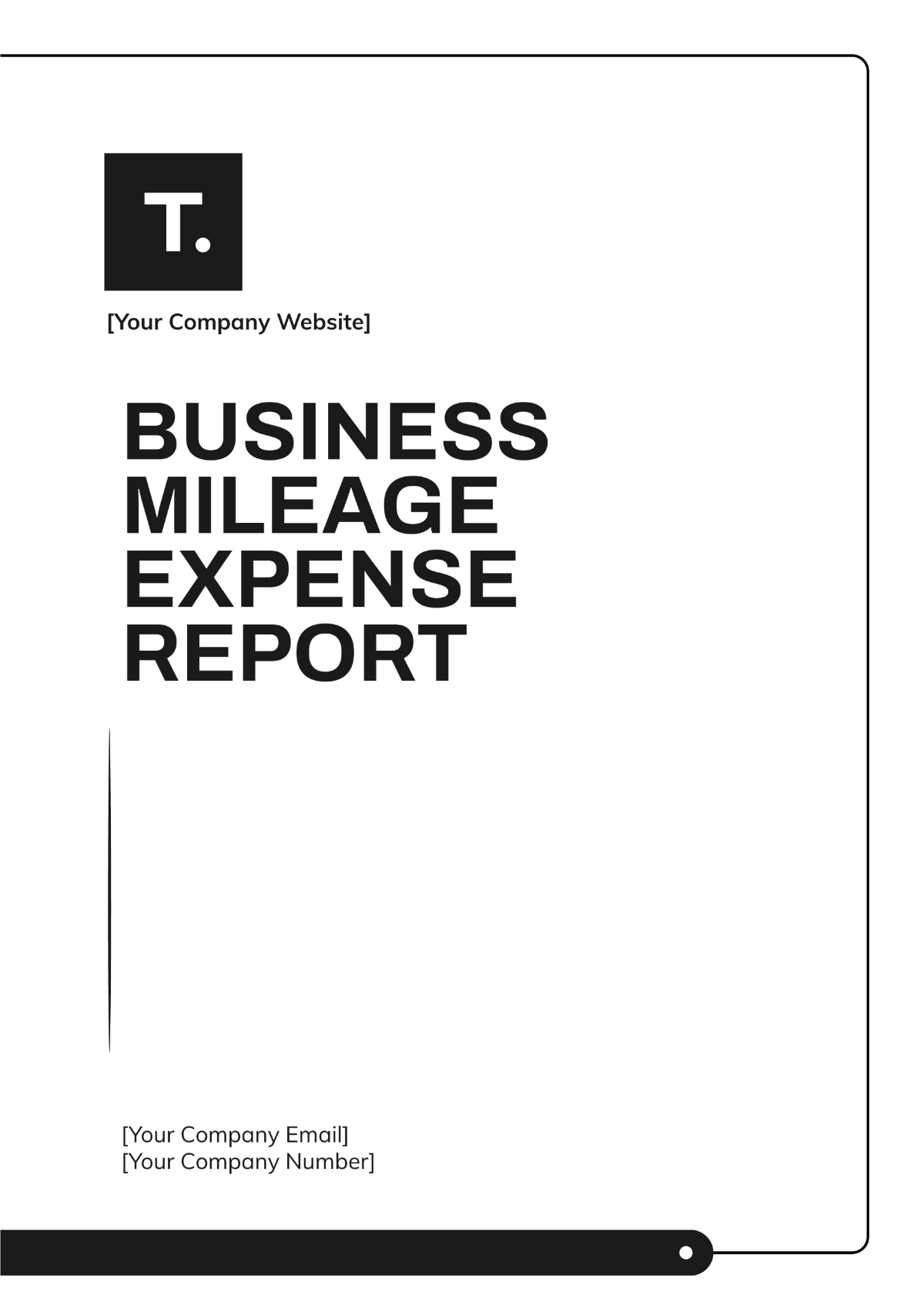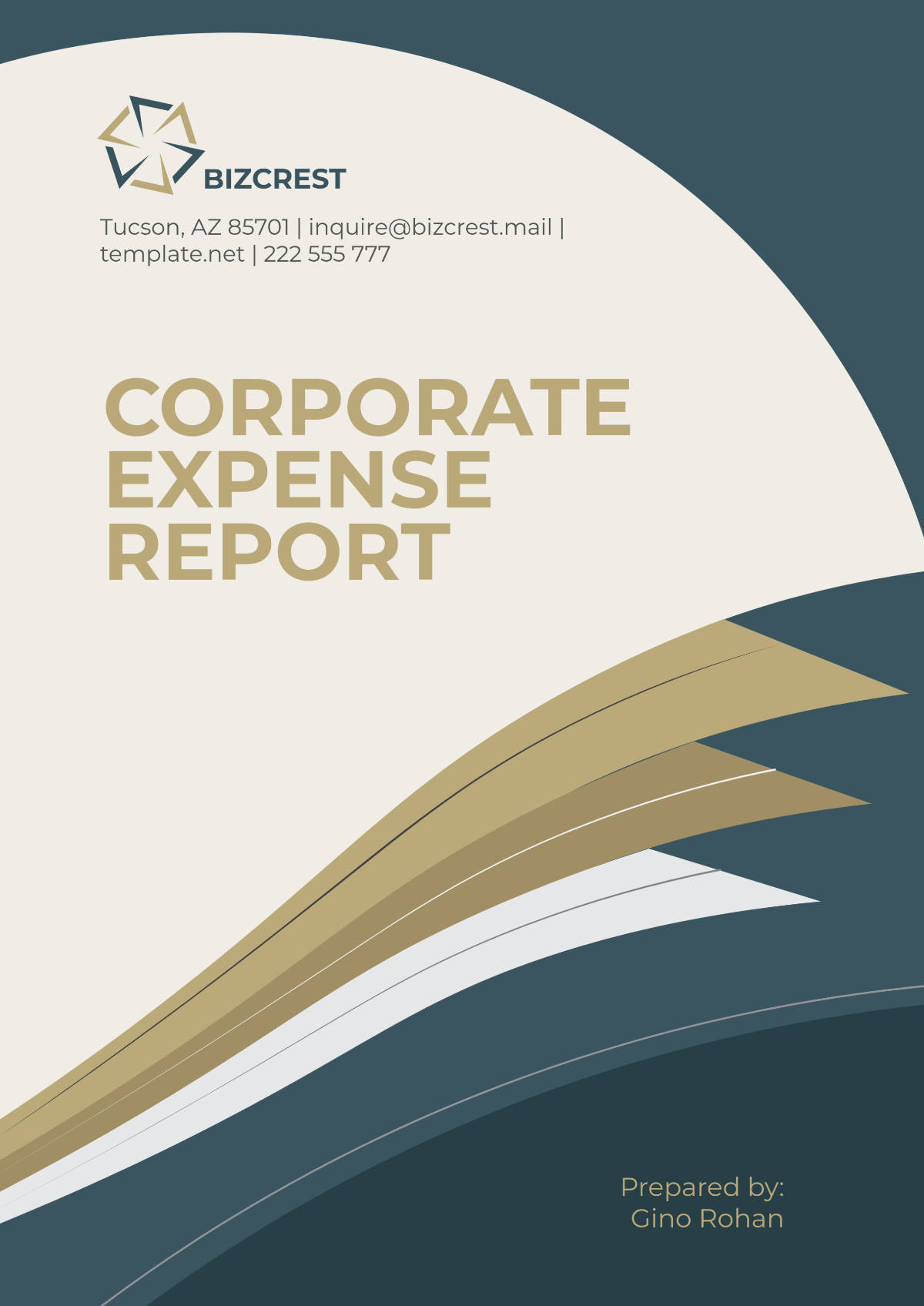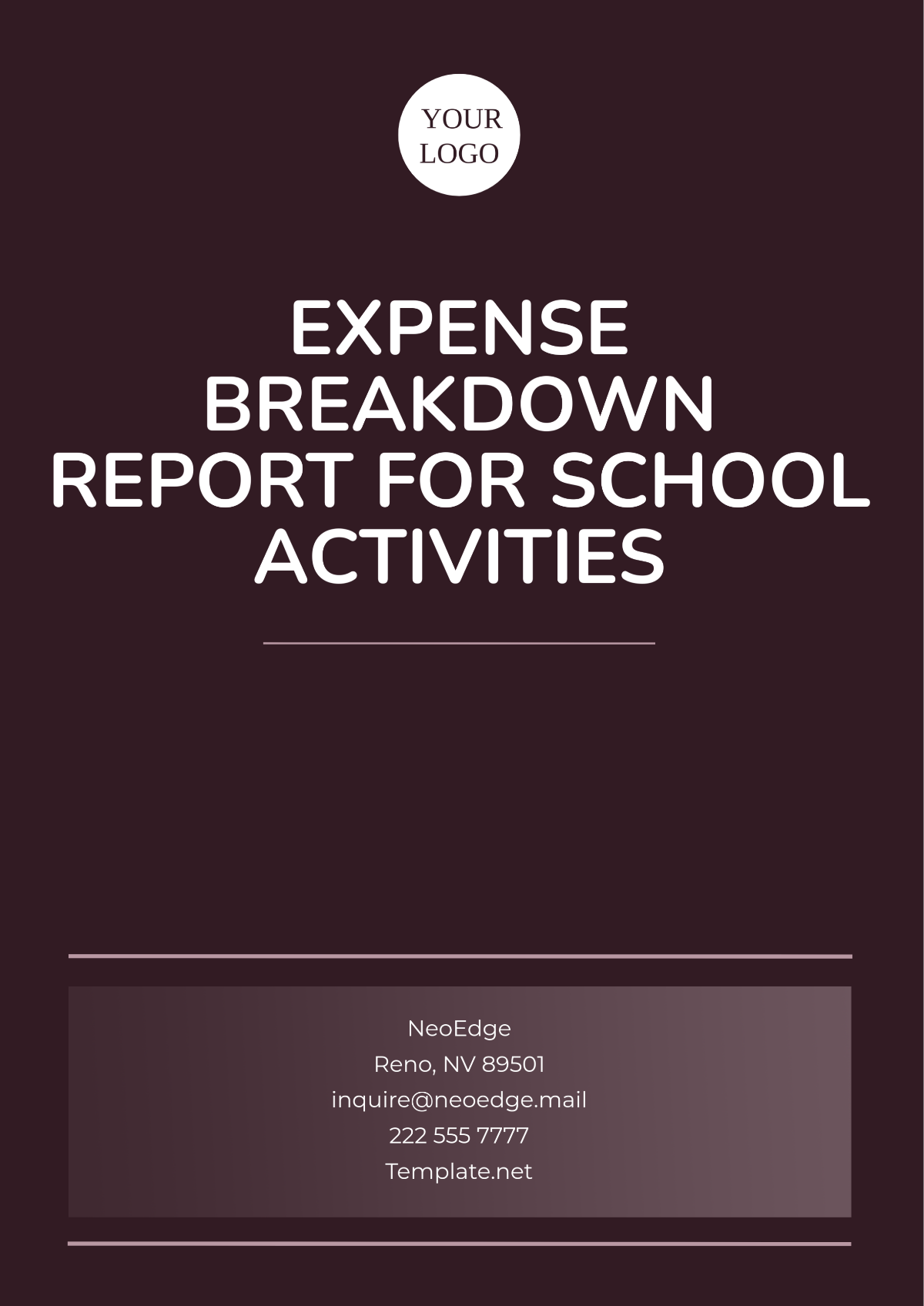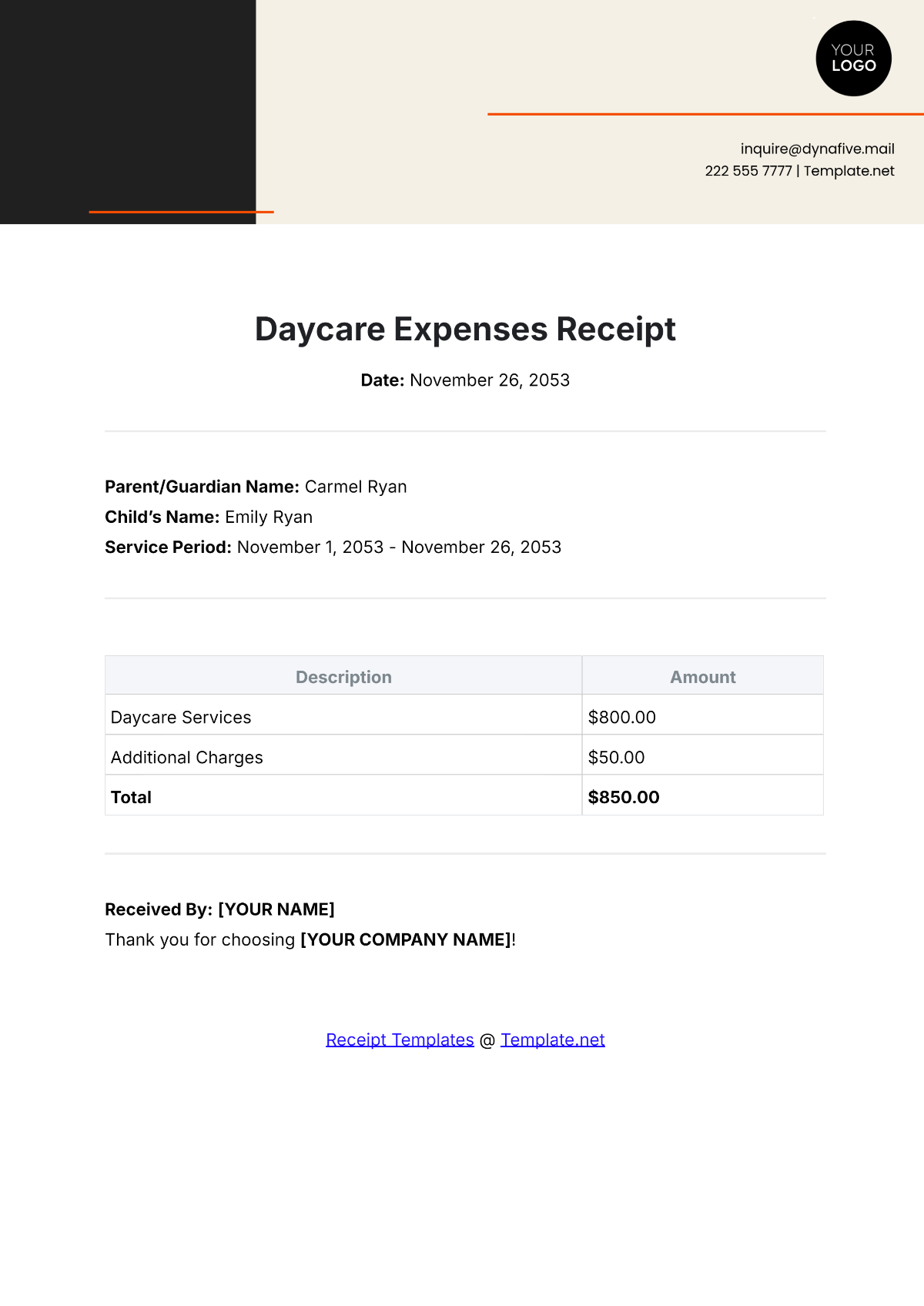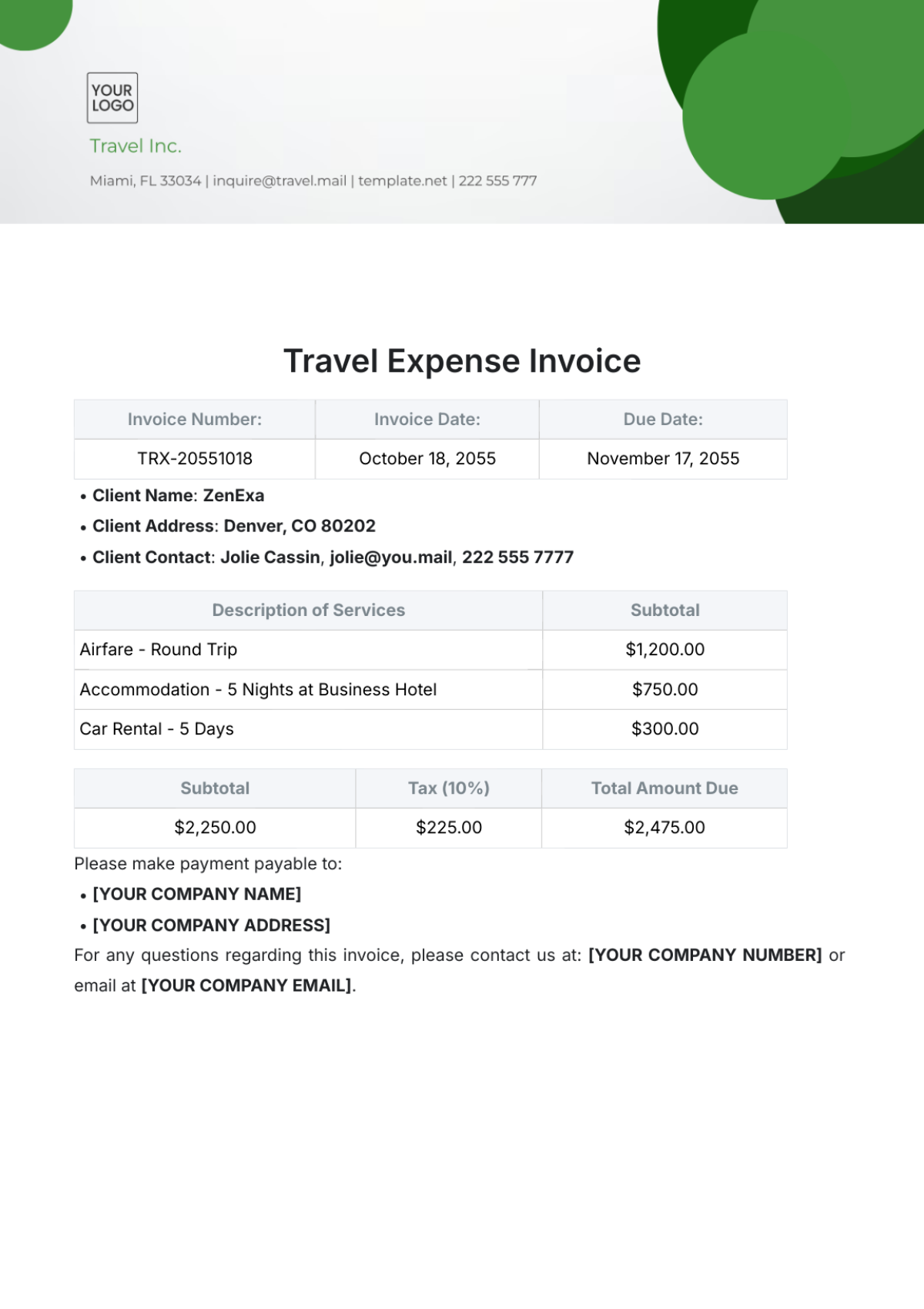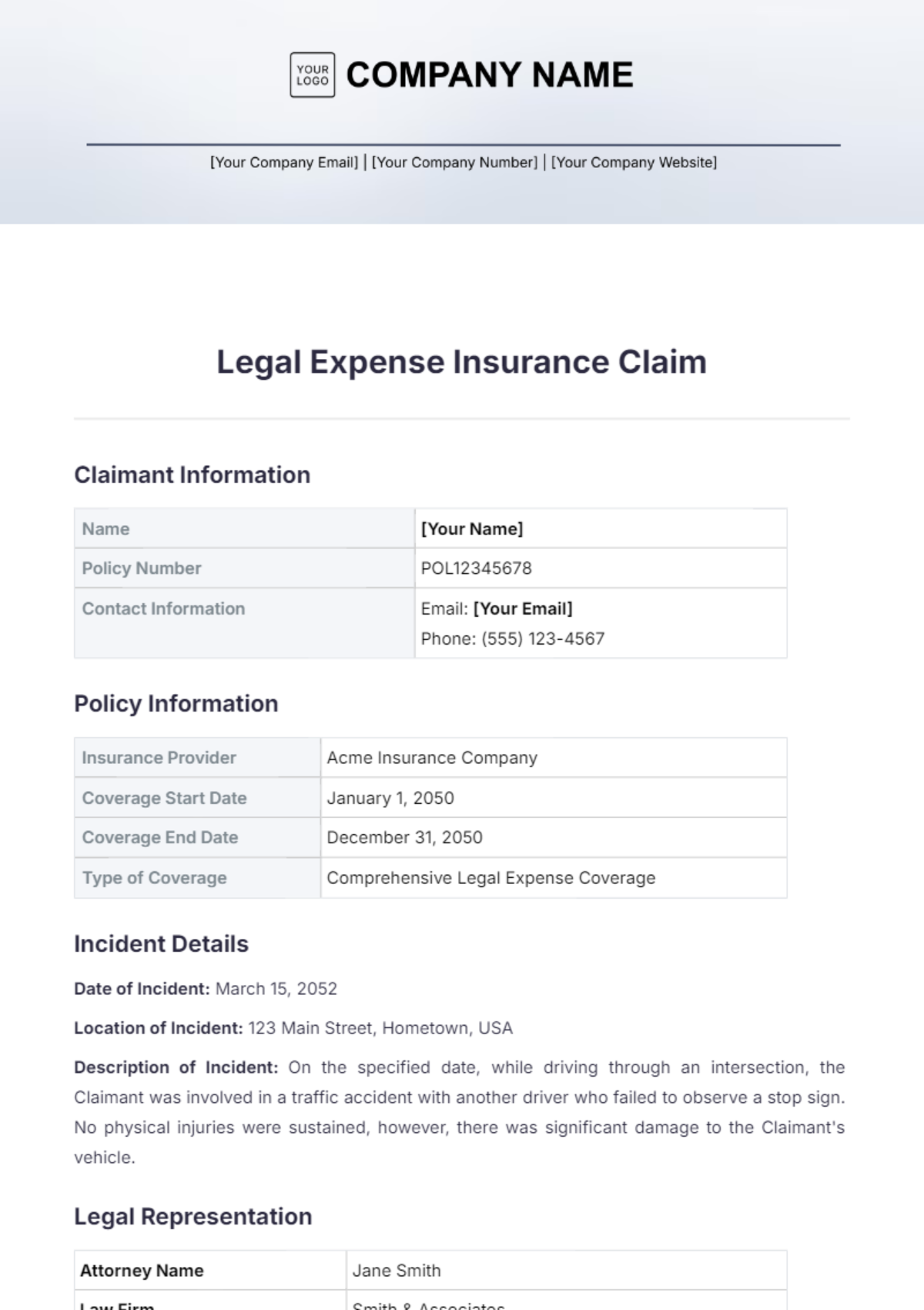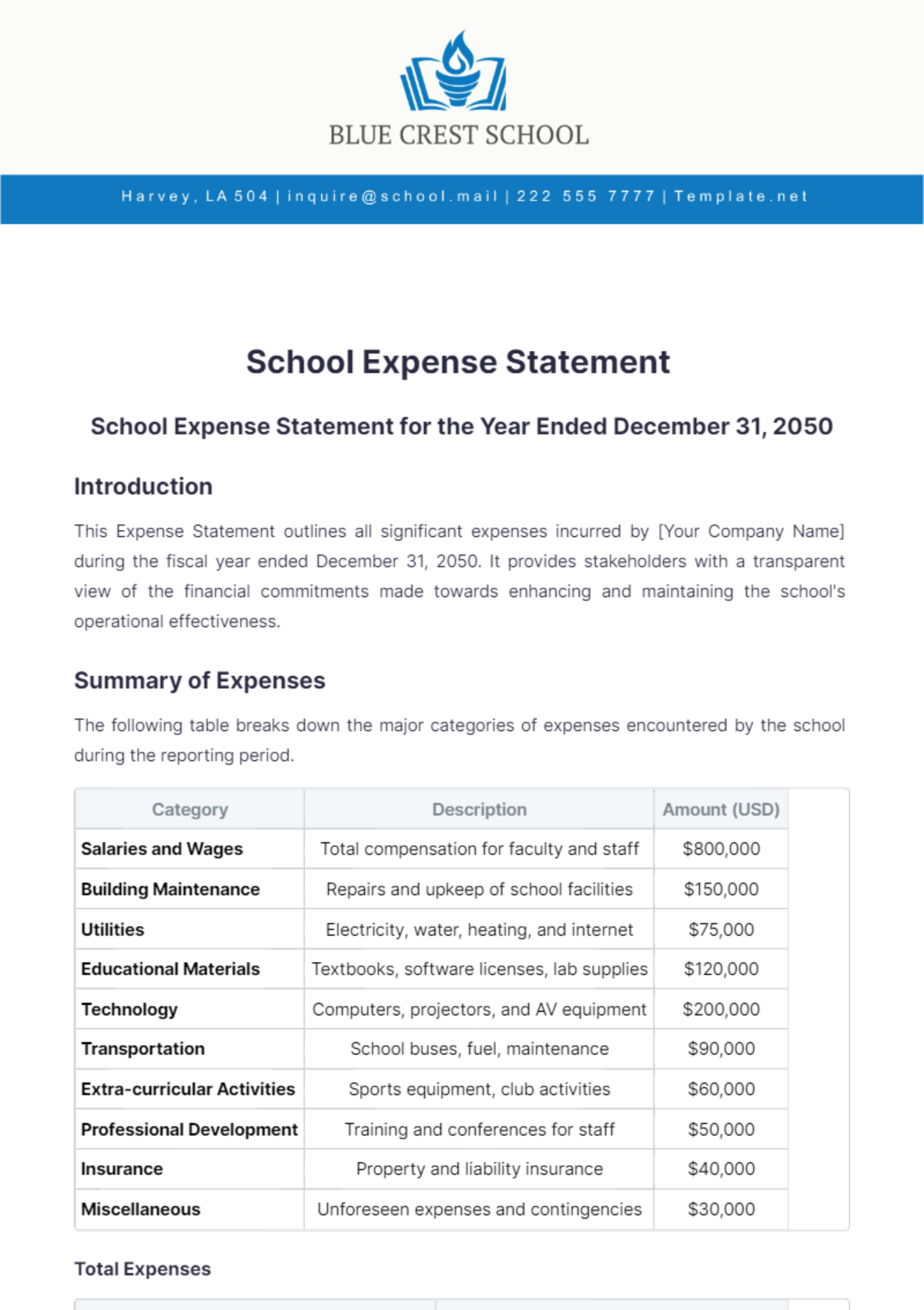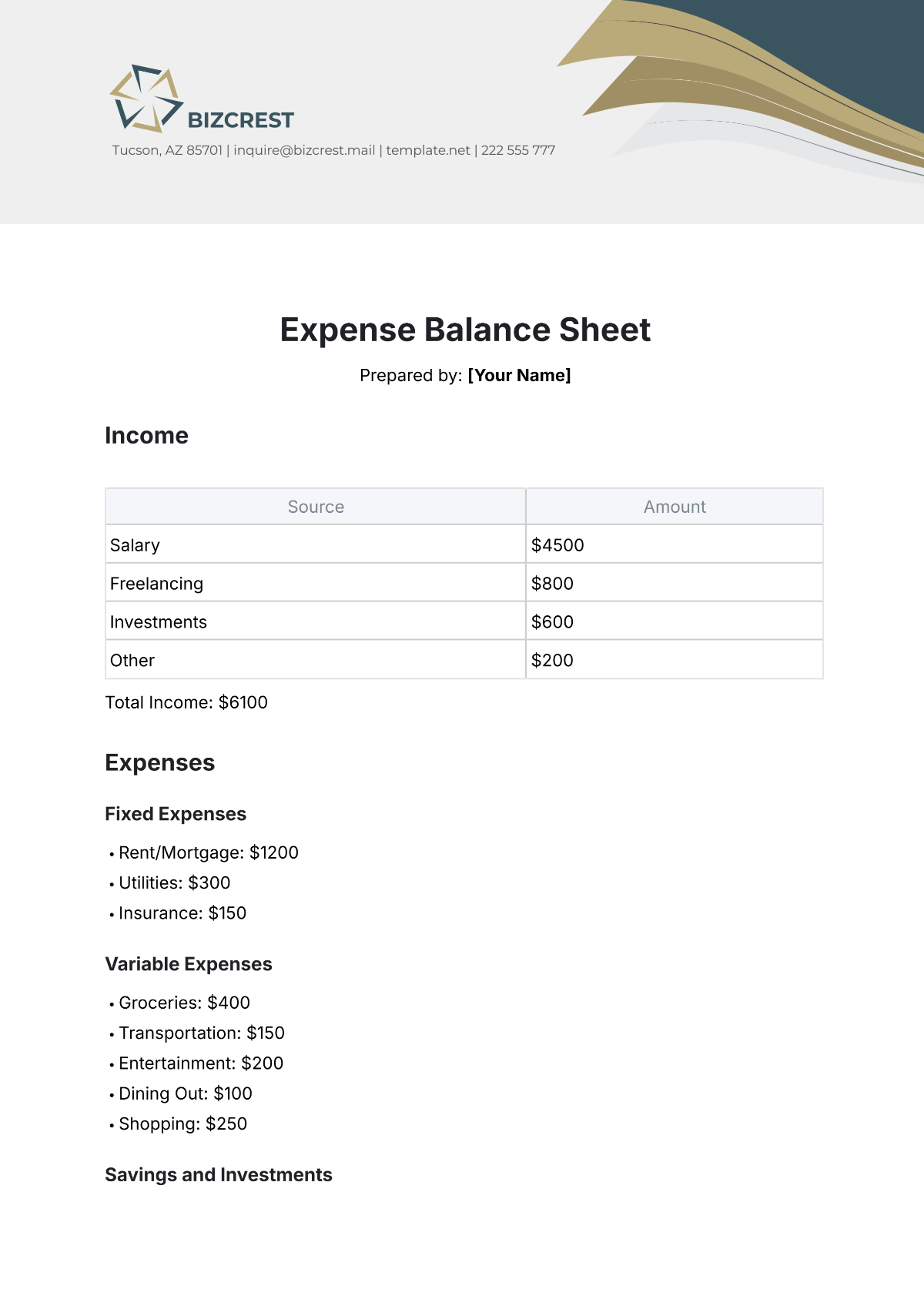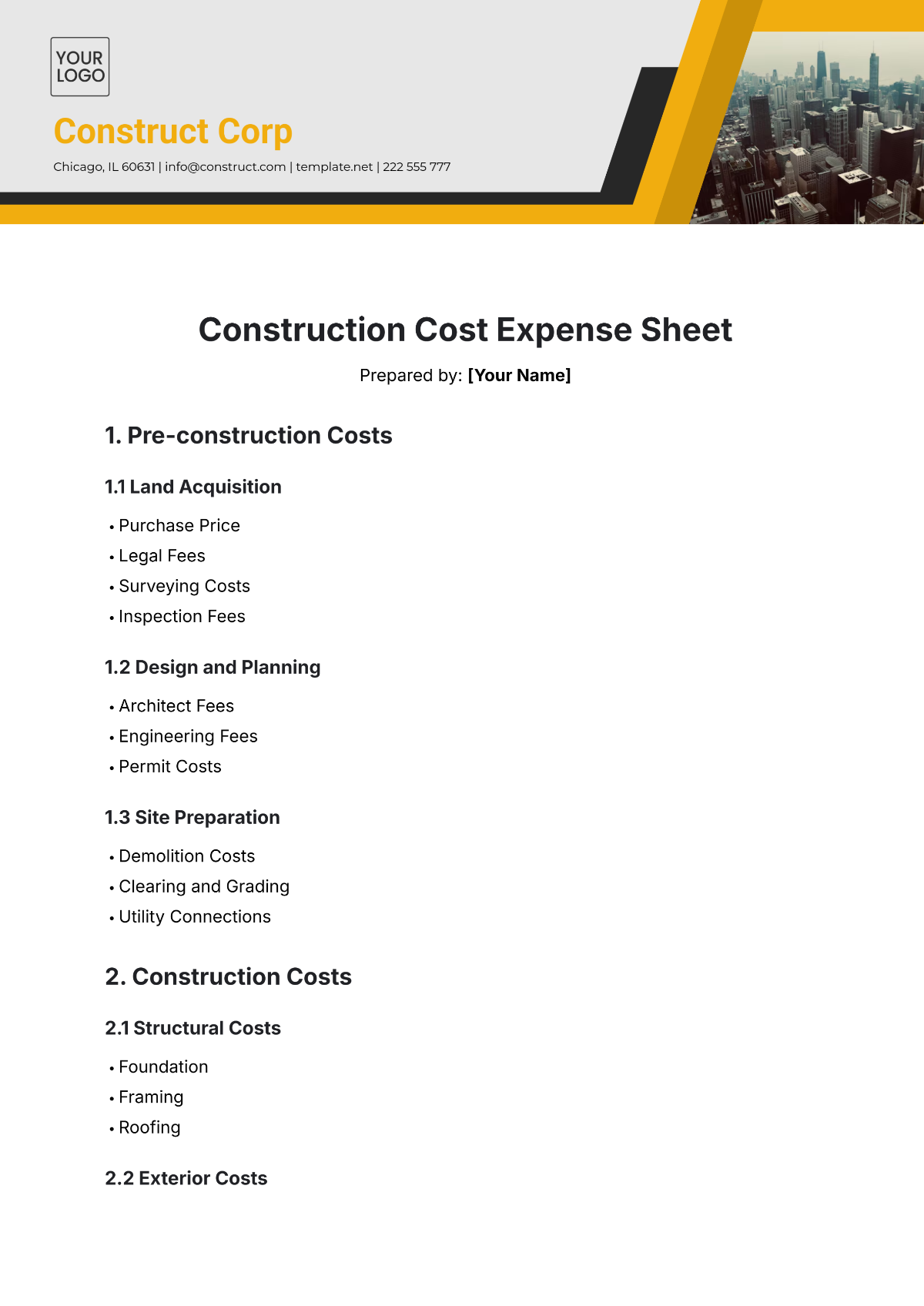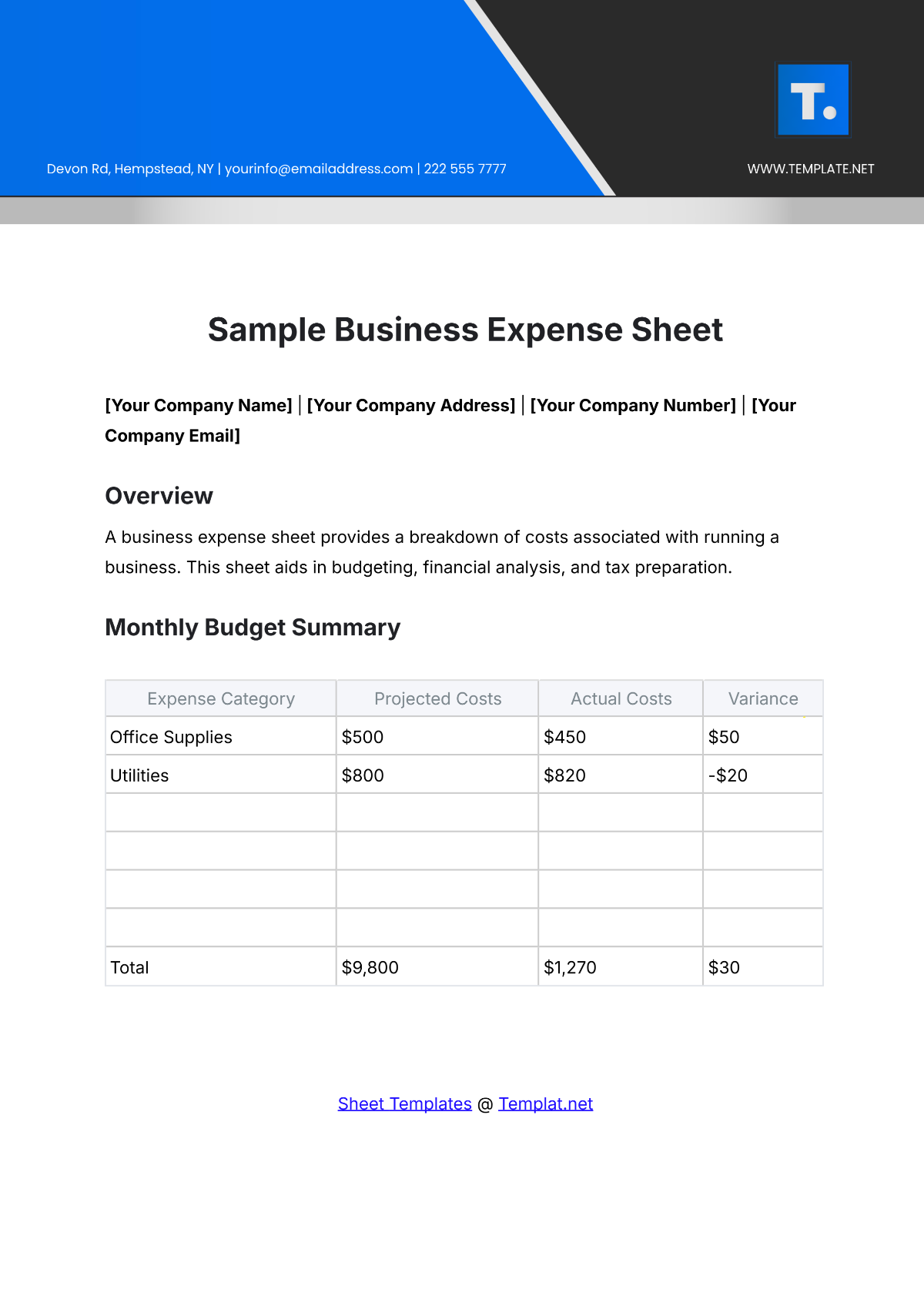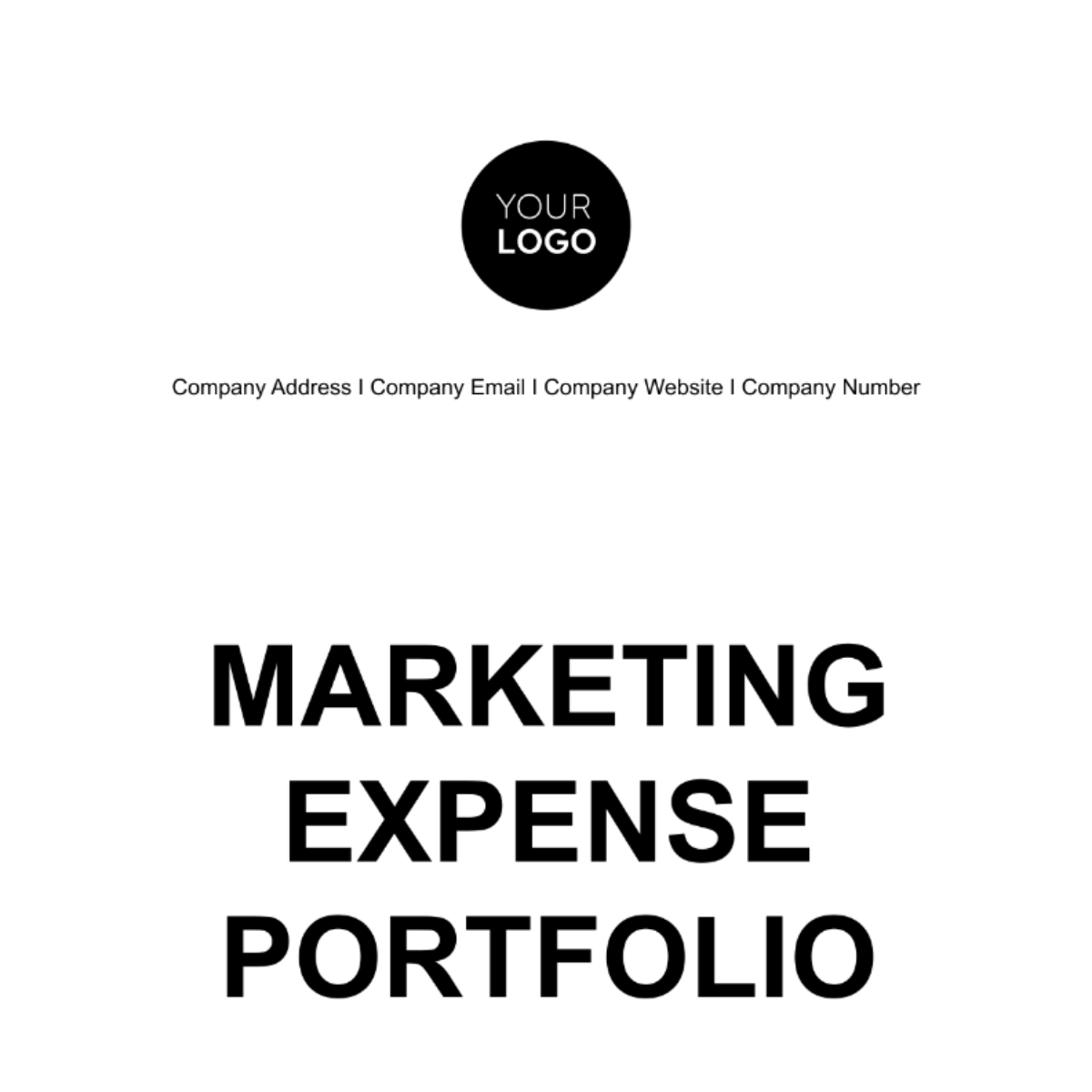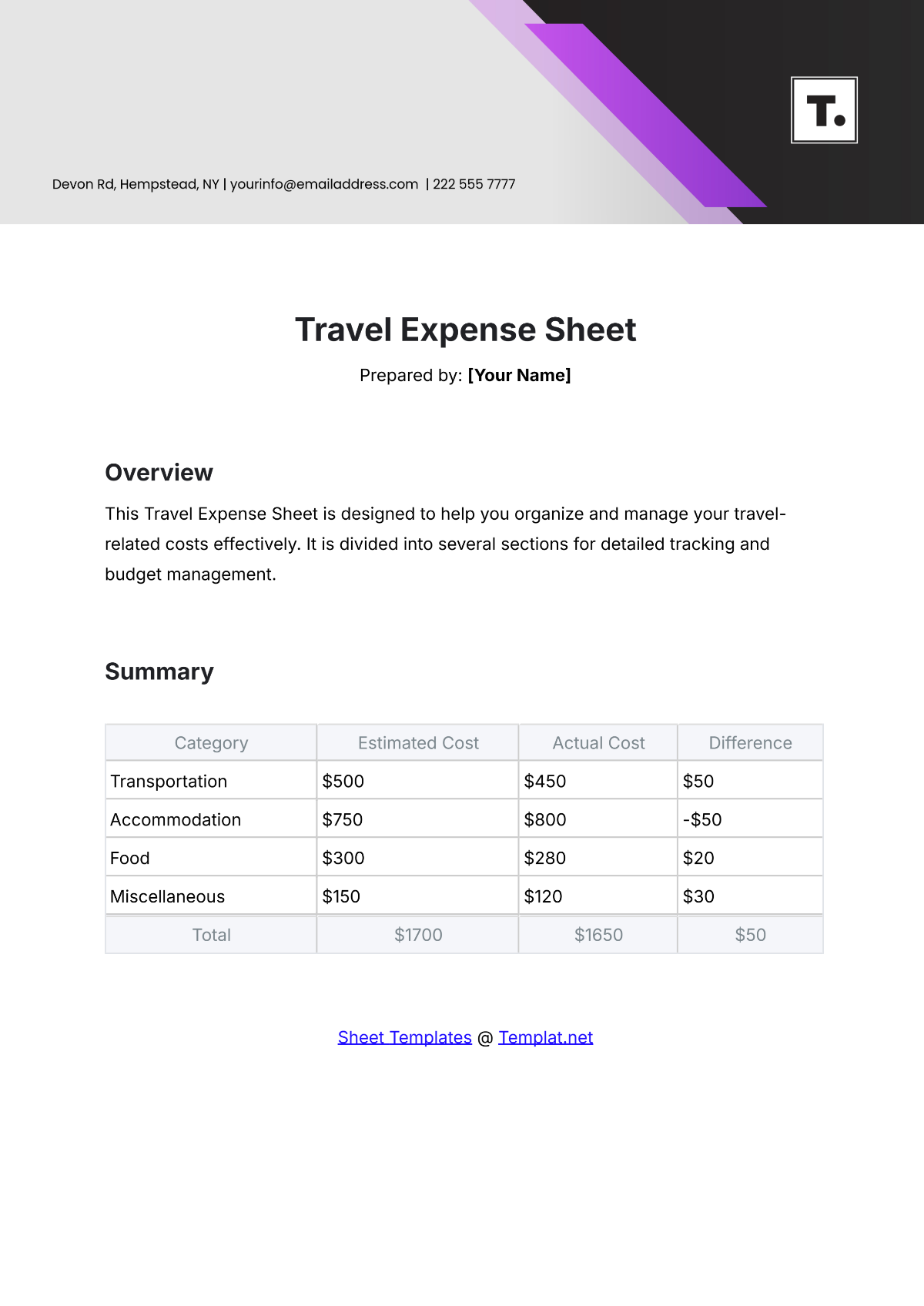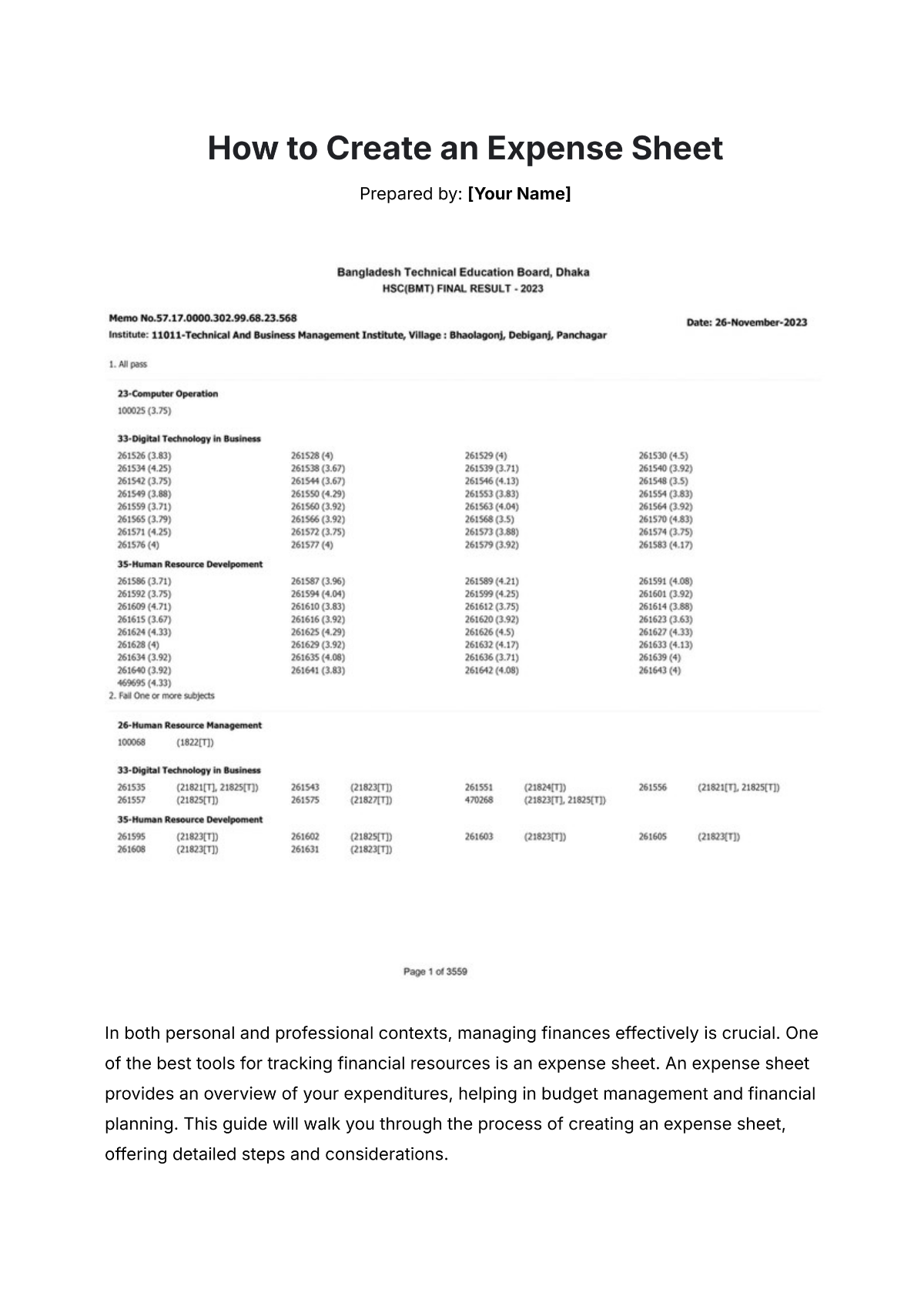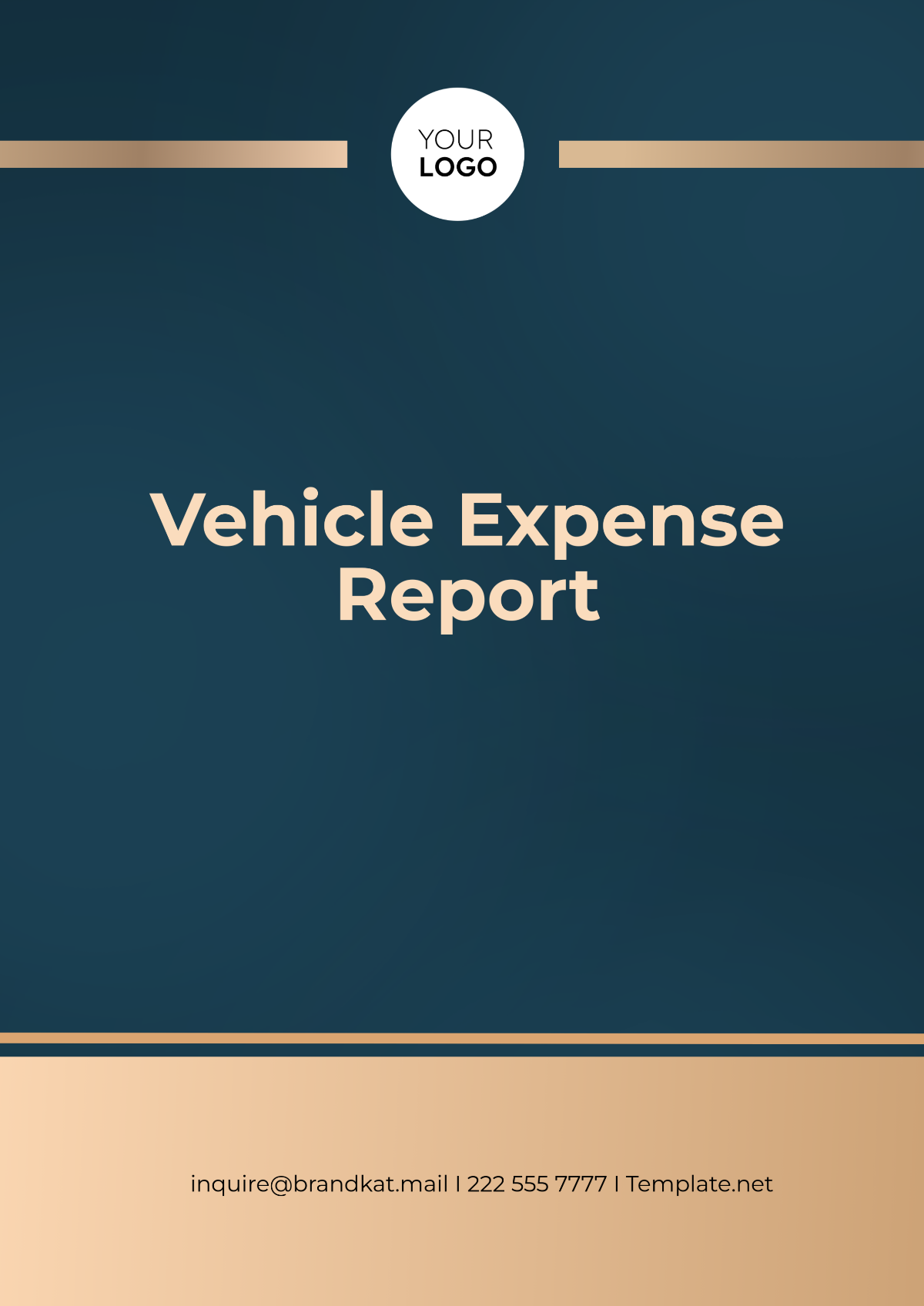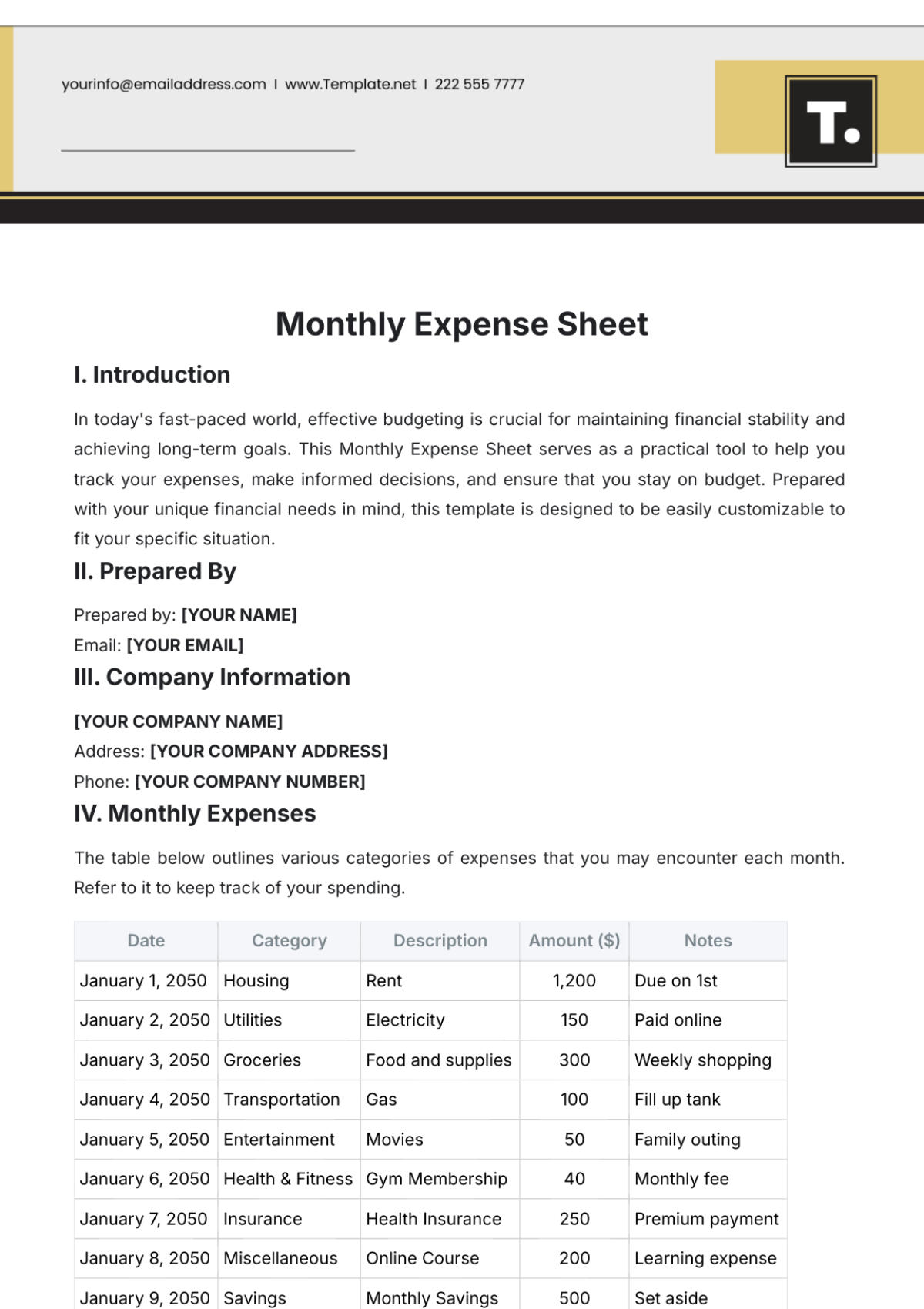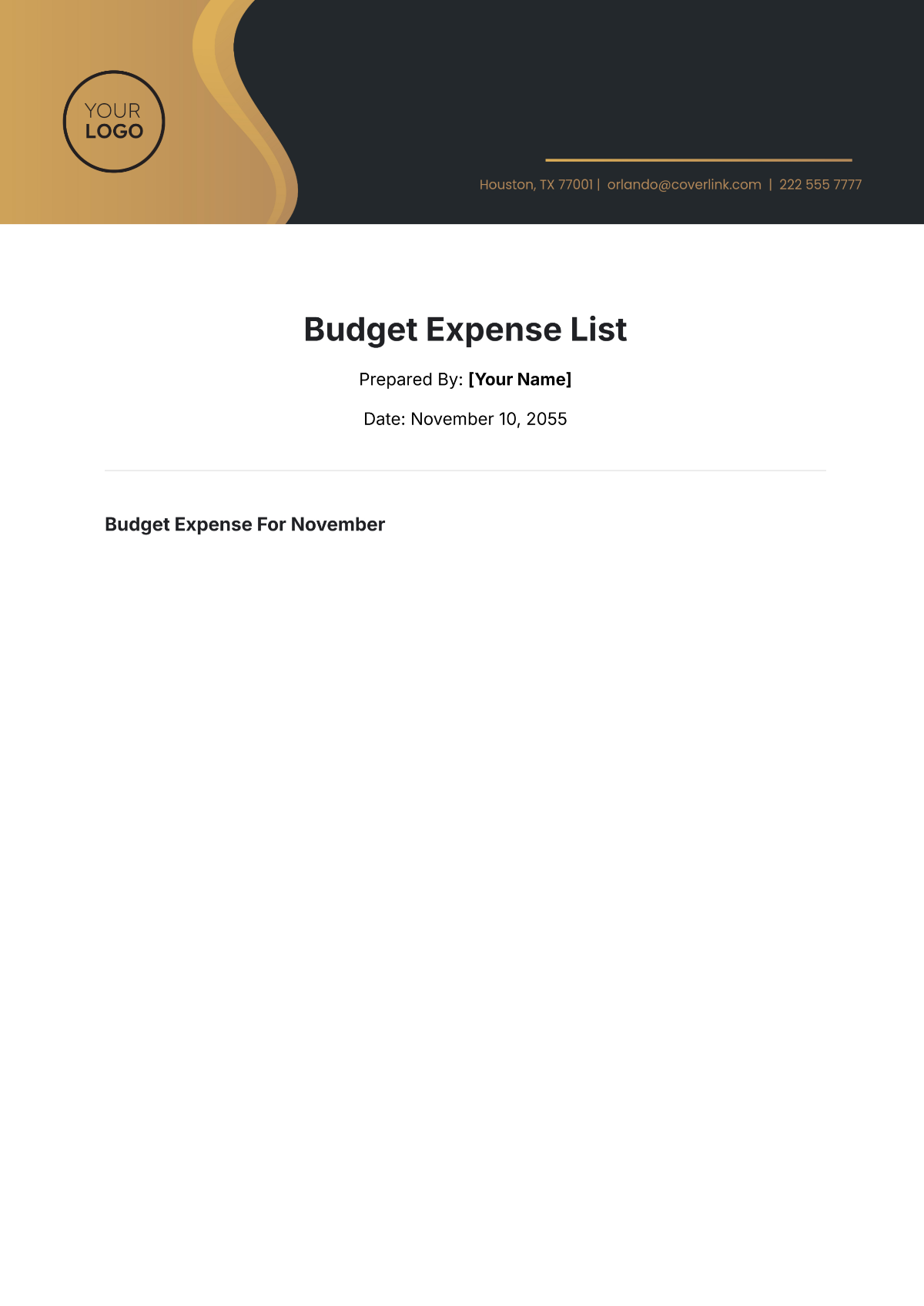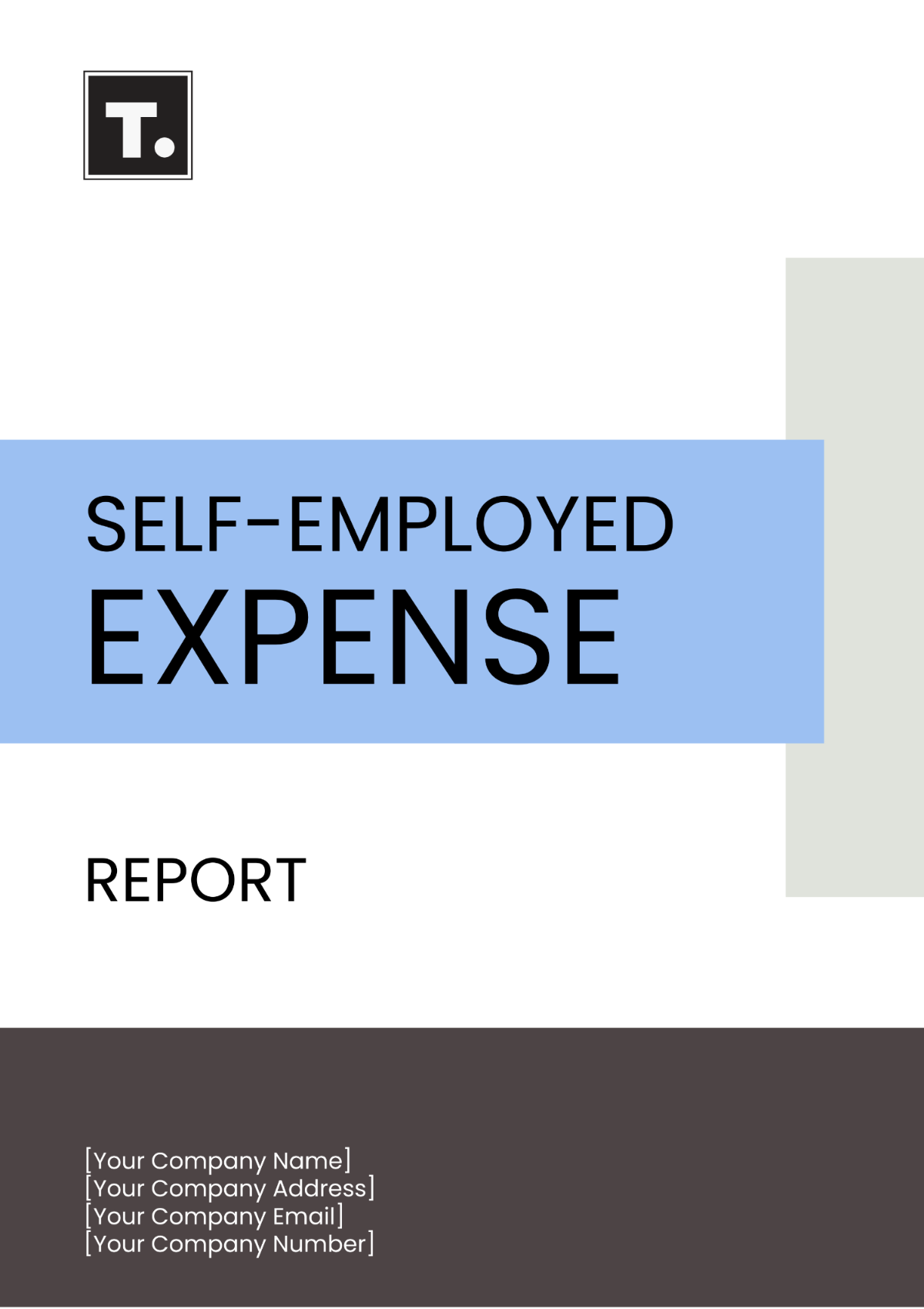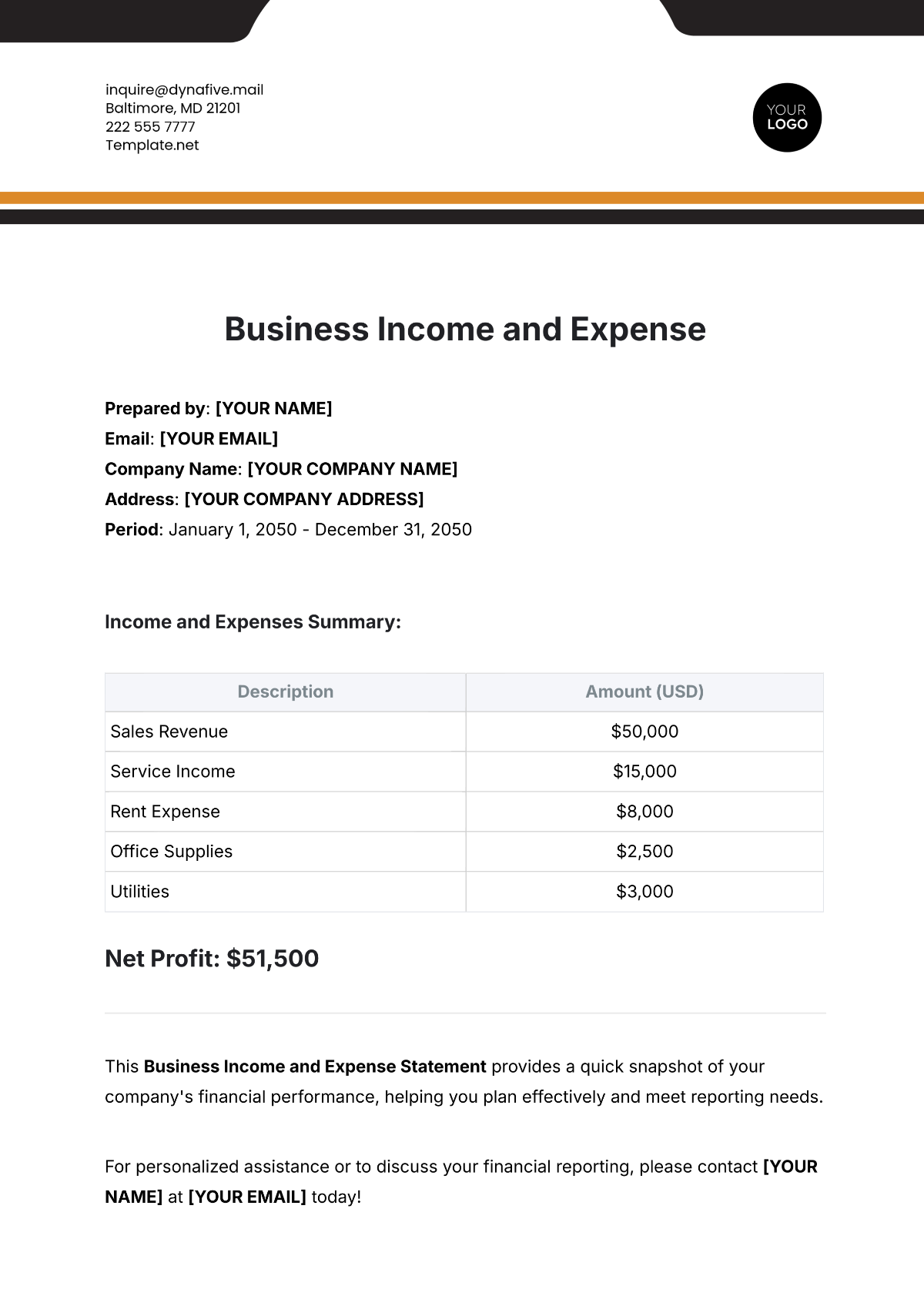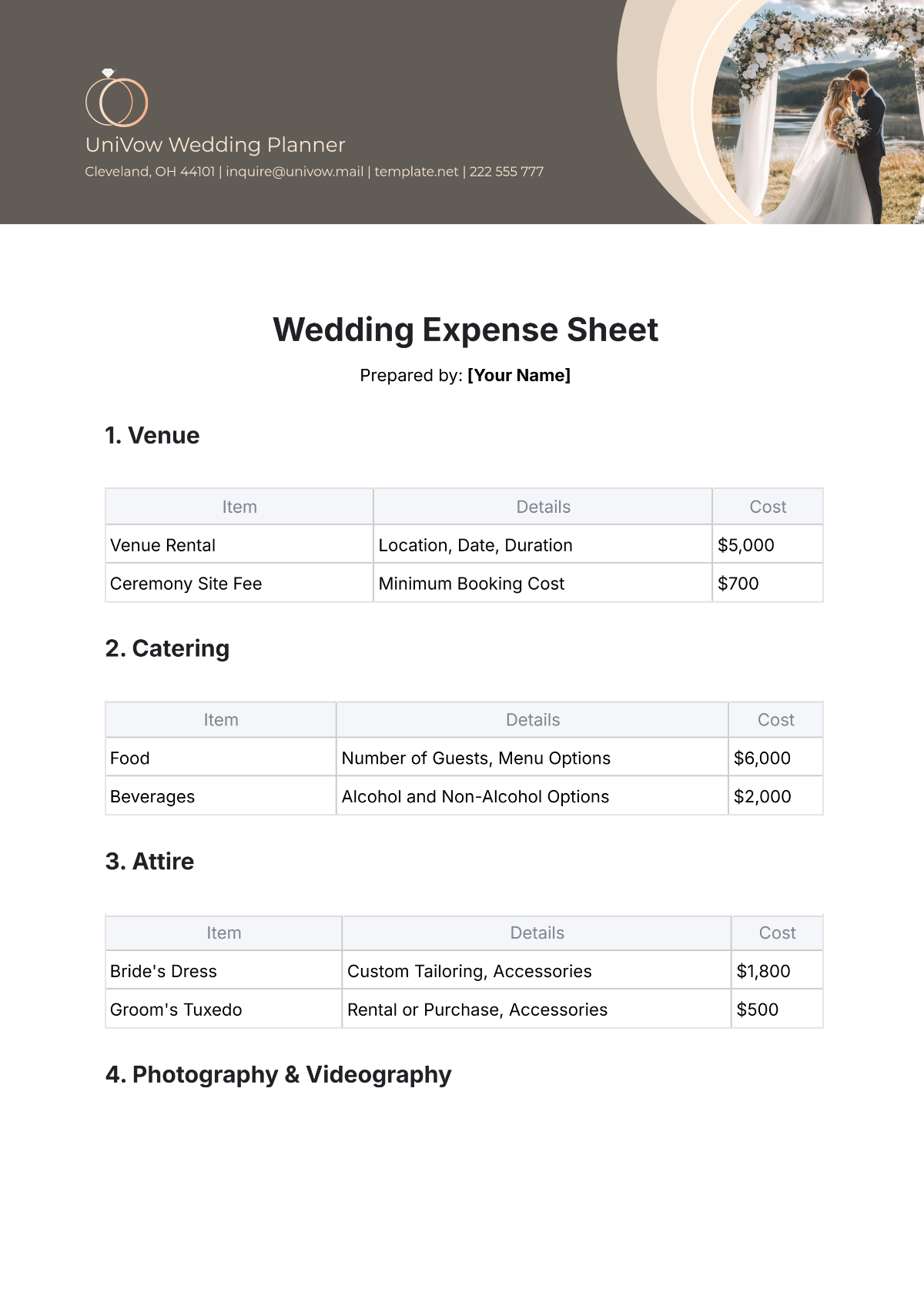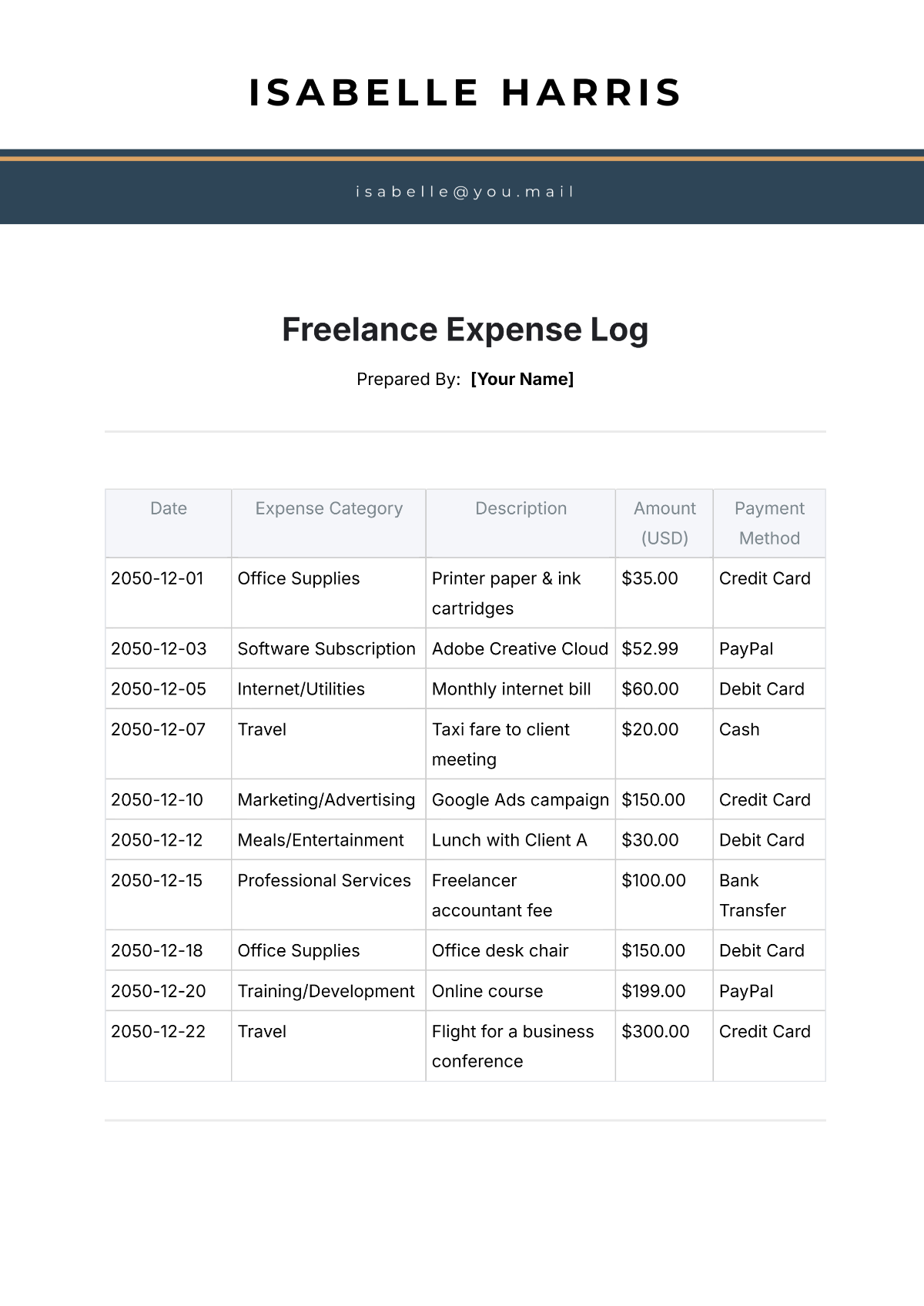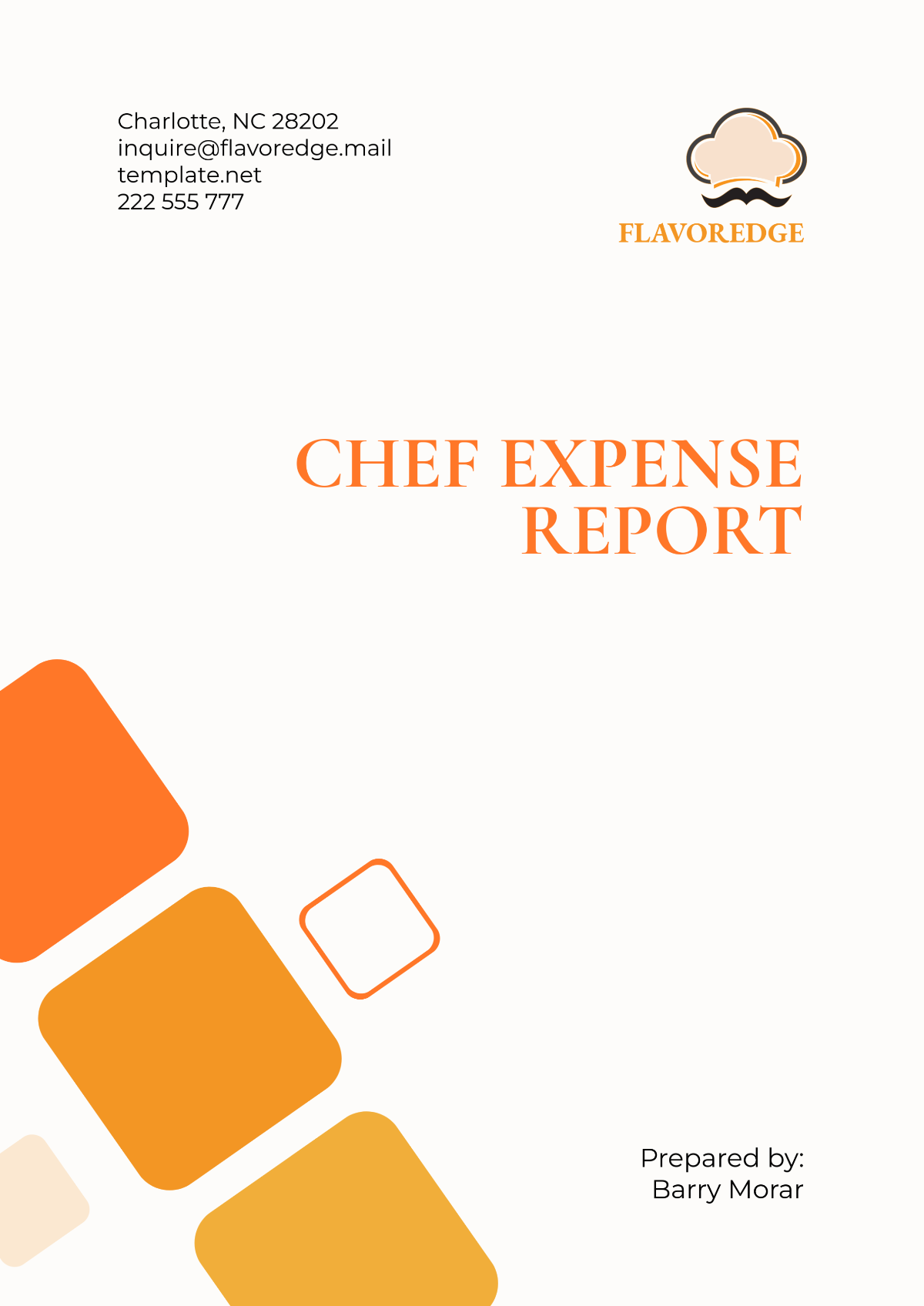Summary Expense Report
Prepared By | Company | Date Prepared |
|---|---|---|
[Your Name] | [Your Company Name] | [Current Date] |
I. Executive Summary
The [SUMMARY EXPENSE REPORT] provides a comprehensive overview of the organization's expenses incurred during the specified period. This section offers a condensed summary of key expense categories, spending trends, and insights for stakeholders' review and analysis.
[REPORTING PERIOD]: [START DATE] TO [END DATE]
[PREPARED BY]: [YOUR NAME]
[DEPARTMENT]: [YOUR DEPARTMENT]
The Executive Summary serves as a snapshot of the organization's financial health, highlighting total expenses, major expenditure areas, and any significant deviations from budgeted targets. It sets the stage for a detailed examination of various expense categories covered in subsequent sections.
II. Methodology
The Methodology section outlines the approach and methods utilized in preparing the [SUMMARY EXPENSE REPORT]. It provides insights into how data was collected, analyzed, and interpreted to generate the report's content.
A. Data Collection
Receipt Analysis: [Methods used to collect receipts and invoice data]
Bank Statement Review: [Process for reviewing bank statements to identify expenses]
Employee Reports: [Collection of expense reports submitted by employees]
B. Data Analysis
Expense Categorization: [Techniques used to categorize expenses into fixed and variable categories]
Expense Trend Analysis: [Methods employed to identify expense trends over the reporting period]
Budget Comparison: [Analysis of actual expenses compared to budgeted amounts]
C. Interpretation
Key Findings Identification: [Process of identifying key insights and trends from the analyzed data]
Variance Explanation: [Explanation of significant variances between actual expenses and budgeted amounts]
Recommendation Formulation: [Process of formulating recommendations based on the interpreted data]
III. Findings
The Findings section presents the key insights and outcomes derived from the analysis conducted for the [SUMMARY EXPENSE REPORT]. It offers a comprehensive overview of the organization's expense management practices and financial performance.
A. Expense Trends
Monthly Expense Trends: [Summary of expense trends over the reporting period]
Annual Expense Comparison: [Comparison of expenses across different reporting periods]
B. Budget Variances
Variances by Expense Category: [Analysis of budget variances for each expense category]
Reasons for Variances: [Explanation of factors contributing to budget variances]
C. Cost Saving Opportunities
Cost Reduction Opportunities: [Identification of areas where cost savings can be achieved]
Efficiency Improvements: [Recommendations for improving efficiency in expense management]
IV. Recommendations
The Recommendations section provides actionable insights and suggestions for [YOUR COMPANY NAME] based on the findings presented in the report. It offers strategic recommendations to optimize expense management processes and control costs effectively.
A. Expense Control Strategies
Budget Reallocation: [Suggestions for reallocating budget to align with priorities]
Expense Policy Review: [Recommendations for updating expense policies to improve control]
B. Cost Saving Initiatives
Negotiation Strategies: [Approaches for negotiating better terms with vendors and suppliers]
Cost-effective Alternatives: [Suggestions for identifying and implementing cost-effective solutions]
C. Process Improvements
Automation Implementation: [Recommendations for implementing automation to streamline expense management]
Training and Education: [Providing training and education to employees on expense management best practices]
V. Conclusion
In conclusion, the [SUMMARY EXPENSE REPORT] provides stakeholders with valuable insights into the organization's expense management practices and financial performance. By analyzing expense trends, identifying areas for improvement, and implementing cost-effective strategies, the organization can enhance financial efficiency, optimize resource allocation, and support long-term sustainability and growth.
